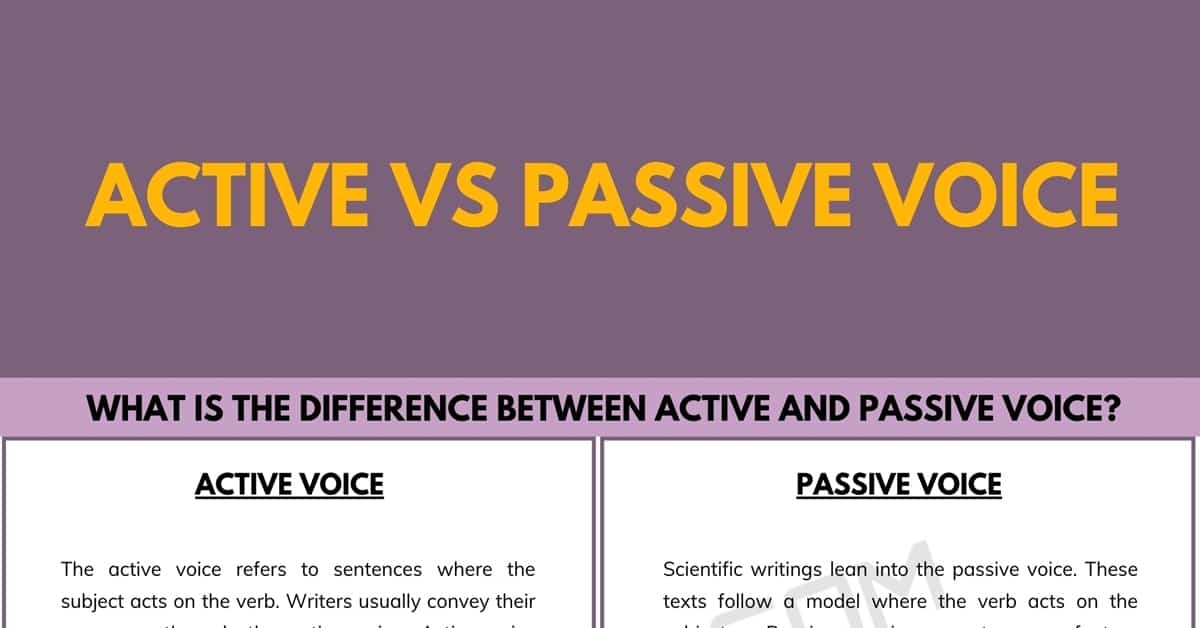Active voice and passive voice are two different ways in which a sentence can be structured. Understanding the difference between the two can greatly impact the clarity and effectiveness of your writing. Active voice is often preferred in writing as it makes the sentence more direct and engaging for the reader. On the other hand, passive voice can sometimes be useful in certain situations, but it can also make the writing less concise and less engaging.
One example of active voice is: “The chef prepared the delicious meal.” In this sentence, the subject (the chef) is performing the action (preparing the meal). This makes the sentence clear and easy to understand. On the other hand, a passive voice example of the same sentence would be: “The delicious meal was prepared by the chef.” In this sentence, the subject (the meal) is being acted upon by the chef. While this sentence is grammatically correct, it is less engaging and can make the writing feel more distant.
Another example of active voice is: “The team won the championship.” This sentence clearly conveys who performed the action (the team) and what action was taken (winning the championship). In contrast, a passive voice example of the same sentence would be: “The championship was won by the team.” While this sentence is technically correct, it is less direct and can make the writing feel more passive.
When writing, it is important to consider the impact of using active voice versus passive voice. Active voice is generally preferred because it is more direct, engaging, and concise. Passive voice can sometimes be useful in situations where the focus is on the object rather than the subject, but it should be used sparingly to avoid making the writing feel distant or less engaging.
Overall, using active voice over passive voice can greatly improve the clarity and effectiveness of your writing. By focusing on who is performing the action and making the sentence more direct, you can create writing that is engaging and easy to understand for your readers.
In conclusion, active voice examples are generally more preferred in writing as they are more direct and engaging for the reader. While passive voice can have its place in certain situations, it is important to use it sparingly to avoid making the writing feel less concise and engaging. By understanding the difference between active voice and passive voice, you can improve the clarity and effectiveness of your writing.
